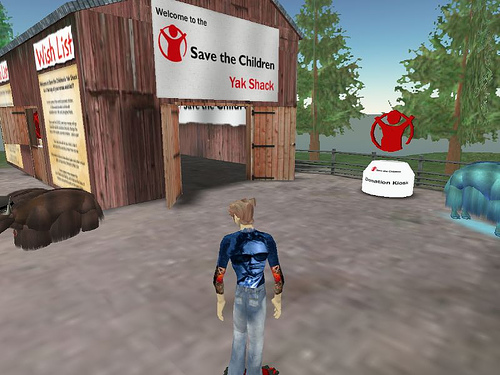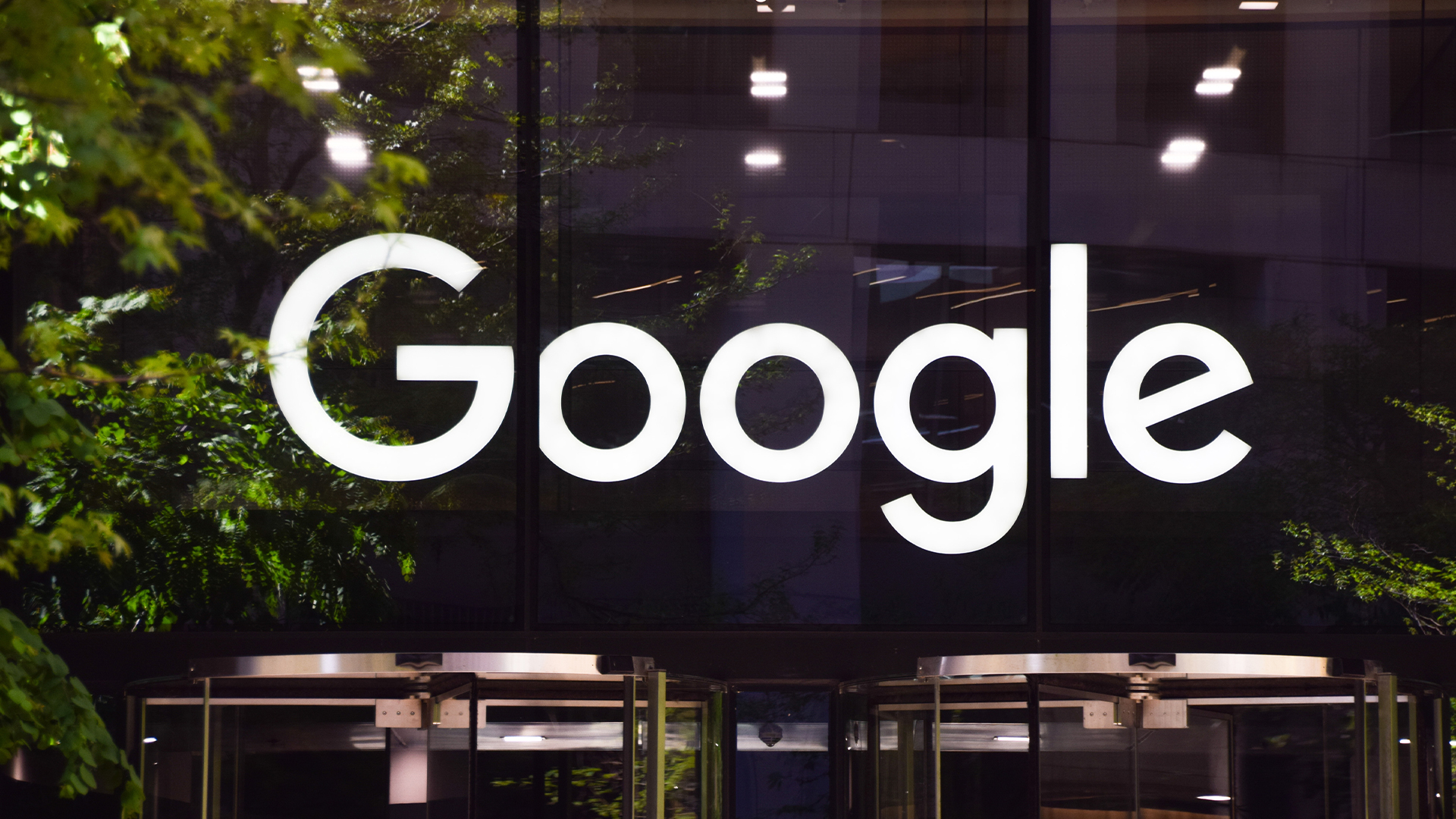Gartner details top 10 disruptive technologies
Analyst firm points to multicores, avatars and power to set the scene for IT future.

Virtual worlds, social software and mash-ups, as well as the growth of multi-core processing and increasingly, power and environmental issues will shape the IT industry over the next five years, according to analyst firm Gartner.
The firm has shared its vision for the 10 most disruptive technologies with IT PRO ahead of its European Symposium/ITexpo which takes place later this month in Barcelona. Gartner believes that CIOs and IT directors need to take heed of emerging technologies, or risk being caught out by the demands of both their business colleagues and their customers.
"Gartner has analysts working in 84 different research groups," said Andy Kyte, vice president and Gartner Fellow. "But the future is not just about those silos but about the disruptive effect of the combination of those different technologies and trends that might not be visible to those working in IT's deeper mineshafts."
Some of the technologies that Gartner lists - such as multi-core computer processors - are already establishing themselves among businesses.
Others, including networked virtual worlds such as Second Life, are still at the edge of most companies' visions for technology. The push for disruptive technologies, including video and social software, is coming from customers and employees rather than a company's IT organisation or its board.
Gartner recommends that CIOs set up virtual teams of their best staff, and give them time to spend researching new ideas and innovations, especially those that are being driven by consumer and Web 2.0 technologies.
"The CIO needs to set up an innovation centre within the IT organisation with the brightest and smartest people, and give them a licence to spend some of their time looking at these technologies," suggested Kyte.
Sign up today and you will receive a free copy of our Future Focus 2025 report - the leading guidance on AI, cybersecurity and other IT challenges as per 700+ senior executives
"The CIO then needs to act as a conduit from the business to the technology. He or she needs to see how it might be possible to use these technologies to solve a problem the business has identified."
Adopting any one, or even all, of the technologies Gartner identifies will not guarantee business success however. According to Kyte, CIOs who see their jobs as to "keep the data centre running, plan business continuity and find technology toys to show to people" will not survive.
Instead, CIOs will have to think beyond the constraints of conventional IT, in order to identify the technologies that might be in widespread use a few years from now. "We might still be at the DOS 1.1 stage of technologies such as networked virtual worlds, but the CIO needs to know when to put the foot on the accelerator," Kyte said.
At the same time, Gartner also cautions that companies will growing face constraints on their use of technology, especially in terms of power consumption, its environmental impact and security.
"We have been profligate in our use of technology since the arrival of client-server architecture," said Kyte. "And companies will have to walk a tightrope between delivering the new Internet technologies consumers want and dealing with the additional security threats these will bring."
Top 10 Disruptive Technologies
Source: Gartner
-
 Google is scrapping its dark web report feature
Google is scrapping its dark web report featureNews Google said while the dark web report feature offered “general information”, the tool didn’t provide “helpful next steps” for users potentially impacted by a breach.
-
 AI means you're probably going to need bigger developer teams
AI means you're probably going to need bigger developer teamsAnalysis Software developers may be forgiven for worrying about their jobs in 2025, but the end result of AI adoption will probably be larger teams, not an onslaught of job cuts.